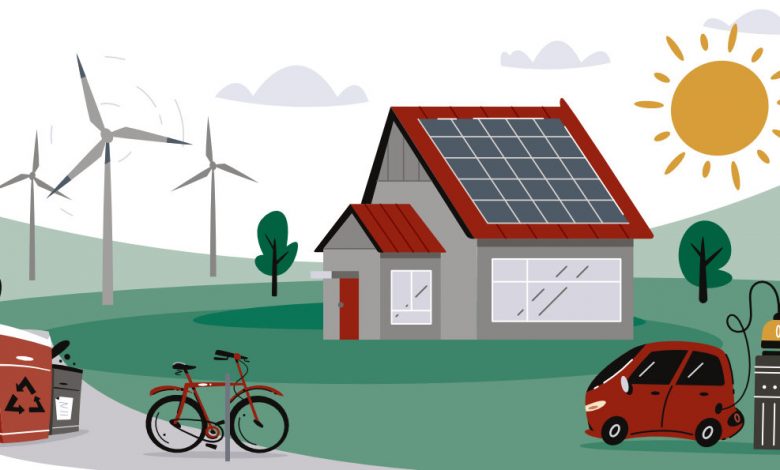Aiming for ‘carbon zero’ new homes
Under building regulations, new homes must now meet certain criteria. But building a zero- carbon home is more feasible than you might think

Editorial Feature
Building the average house results in 50 tonnes of CO2 emissions so, as the UK strives to become carbon neutral by 2050, developers of new homes are increasing looking to eco- technologies to help adapt to a low carbon future. Achieving ‘carbon zero’ is possible by a blend of old and new technologies, from reconditioning old timber to incorporating new eco-materials such as Hempcrete, a mixture of hemp and lime.
With building regulations in place, new homes must now meet certain criteria. This can include the likes of boiler performance, insulation and water storage, as well as modern lighting. However, the ultimate challenge is to create an eco-home that emits zero carbon into the atmosphere.
There is a lot to consider for this, from the creation of the materials it is built from, the building process itself and the way heat and electricity are generated and conserved.
Among the leaders in this field are Passivhaus, a German concept, brought to this country 11 years ago. Passivhaus buildings are so highly insulated that they have almost zero heat loss and can be kept warm by the heat of the sun, domestic appliances and the occupants alone. Over 65,000 buildings have been designed, built and tested to this standard worldwide, more than 1,375 of them in Britain, with a further 5,000-plus units currently under development. One of the first in the UK was in Denby Dale, in West Yorkshire, which was completed in 2010.
Although eco-homes are harder and more expensive to build than traditional ones, buyers should not be undeterred by the resulting higher cost because of the long- term savings on utility bills.
At the Denby Dale Passivhaus tenth anniversary celebrations last year, owner Kate Tunstall said: “It still works! It feels comfortable and serene. The average annual gas usage (heating, hot water and cooking) is 3,300kWh, with an annual gas bill of £200 last year.”






